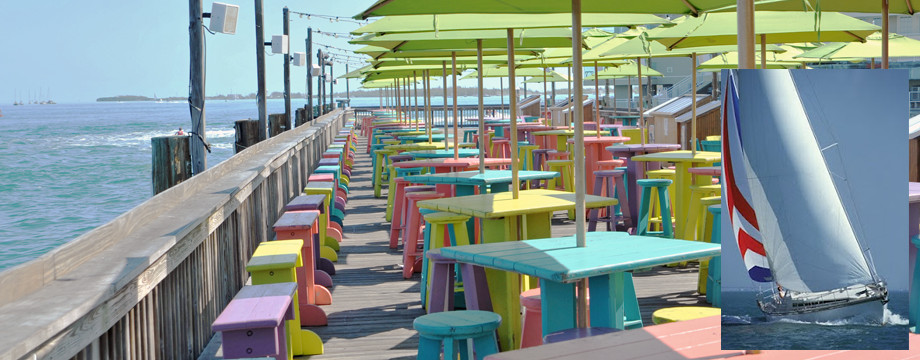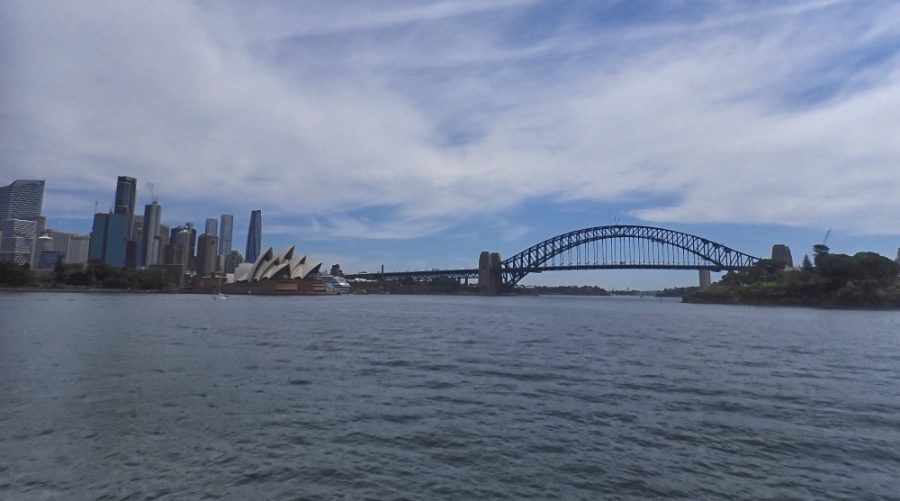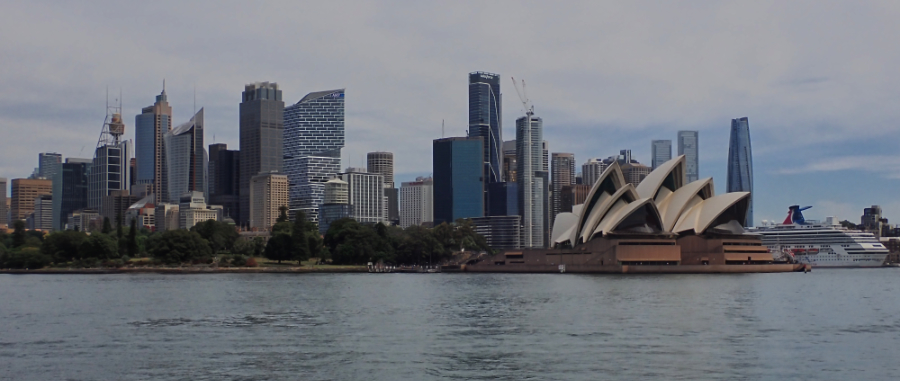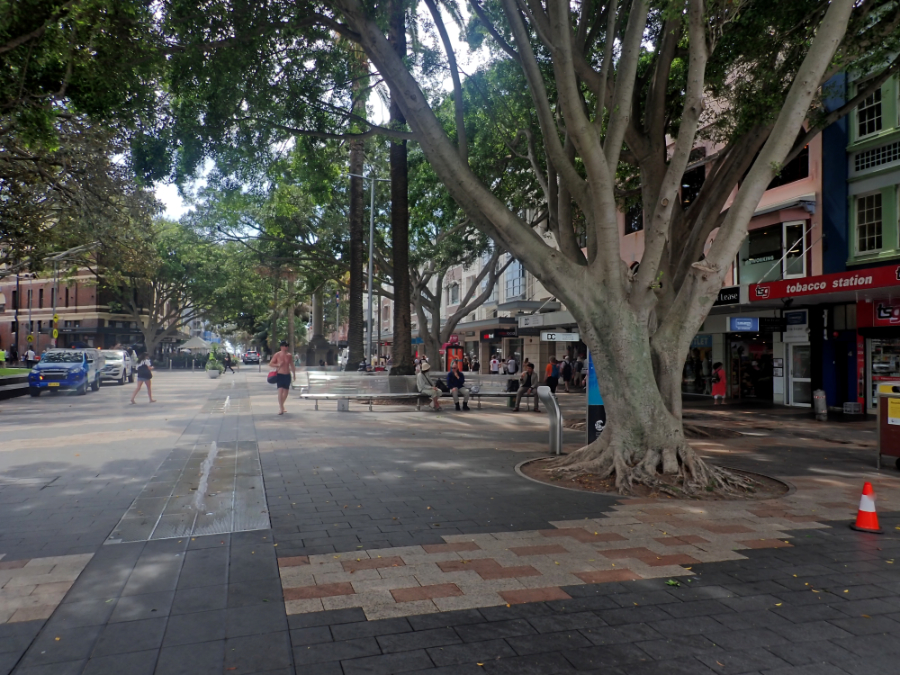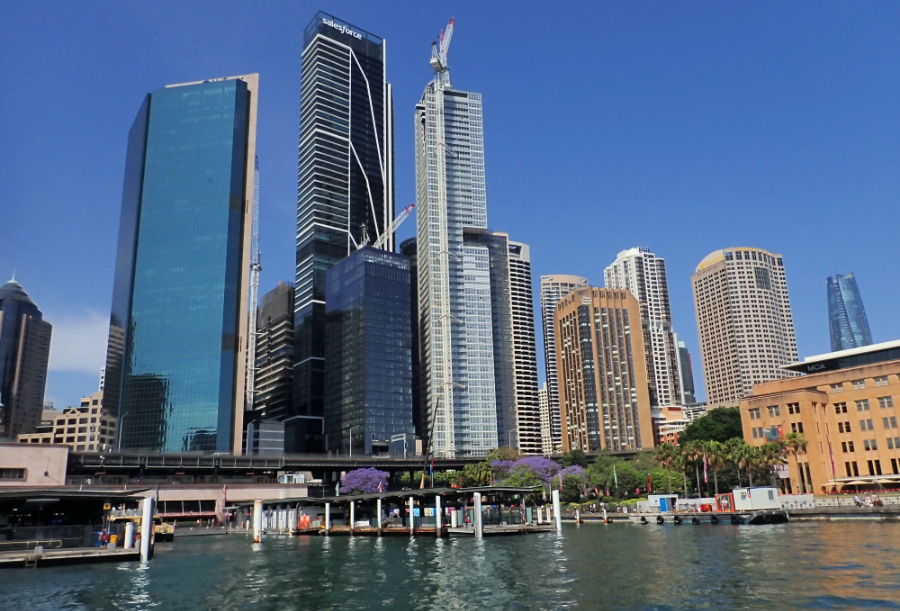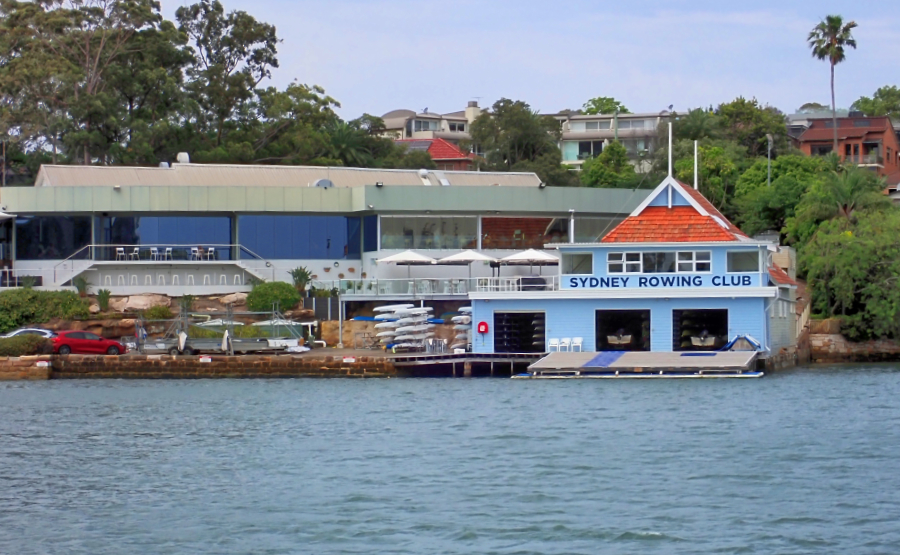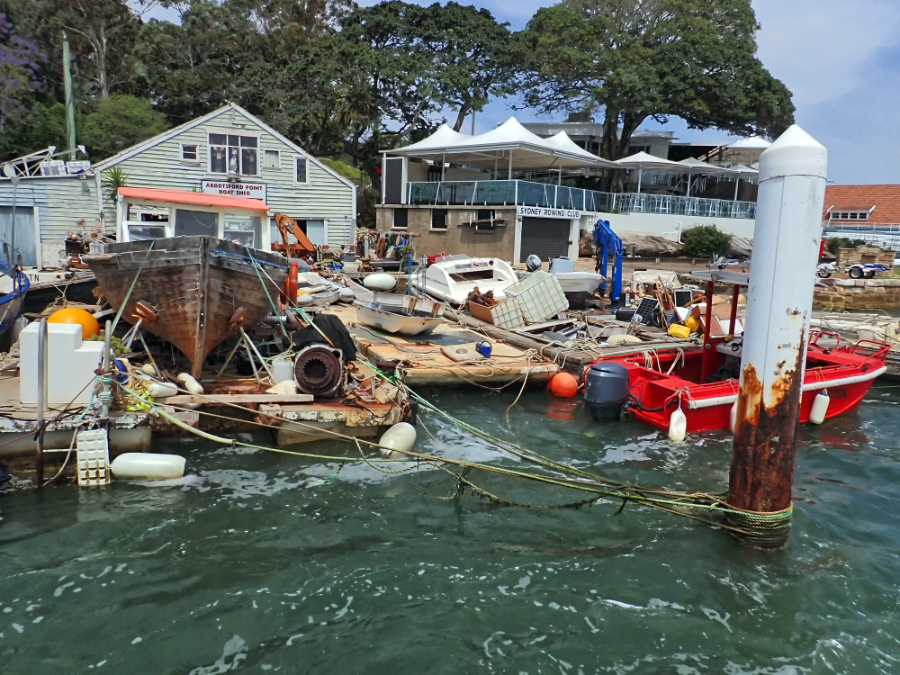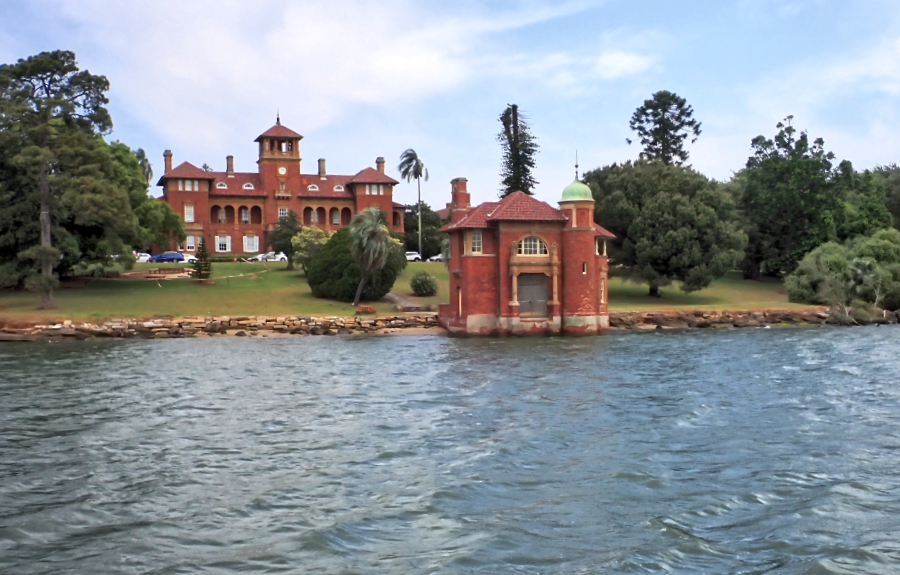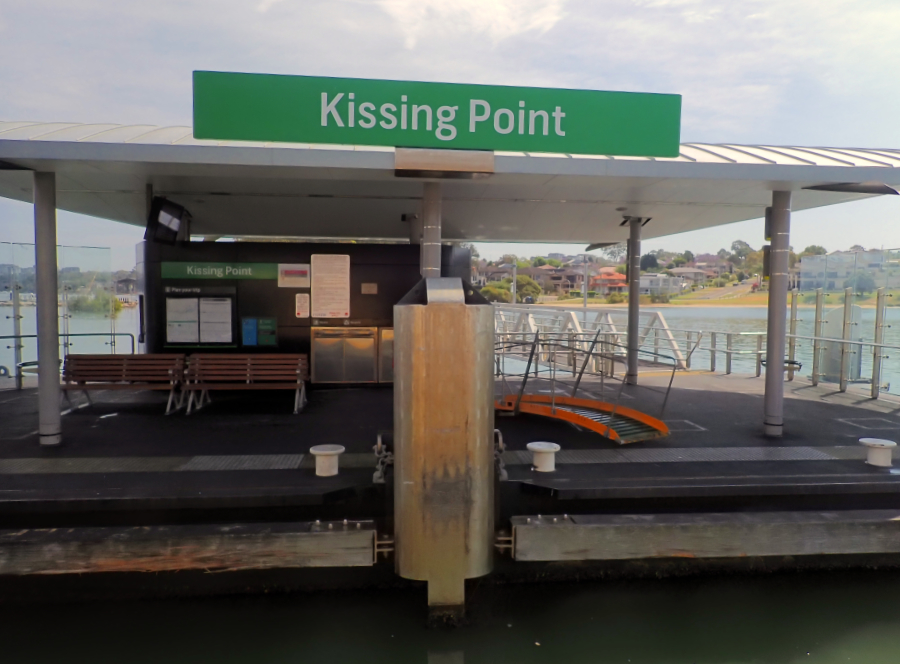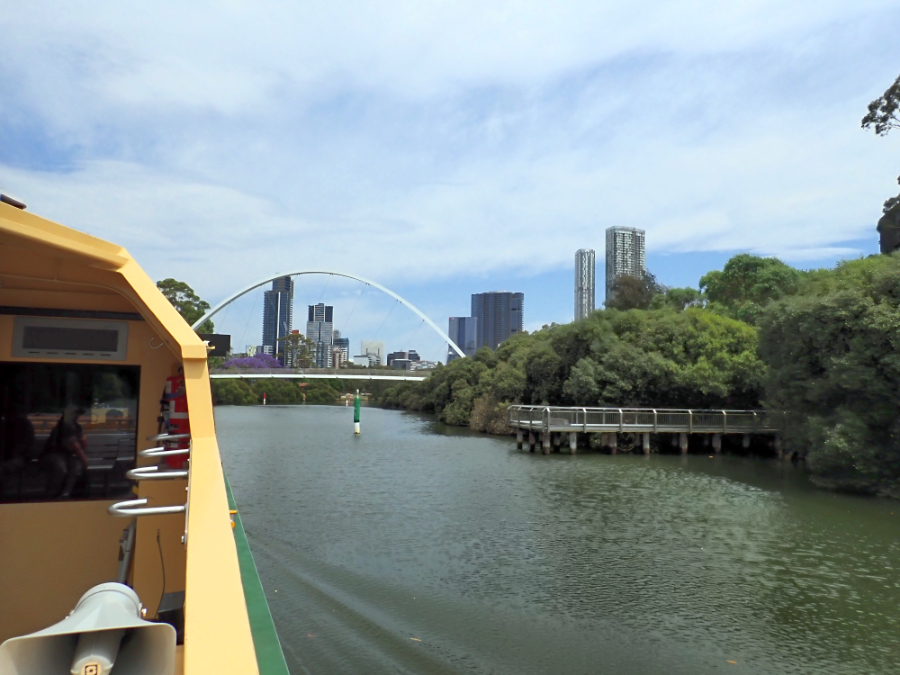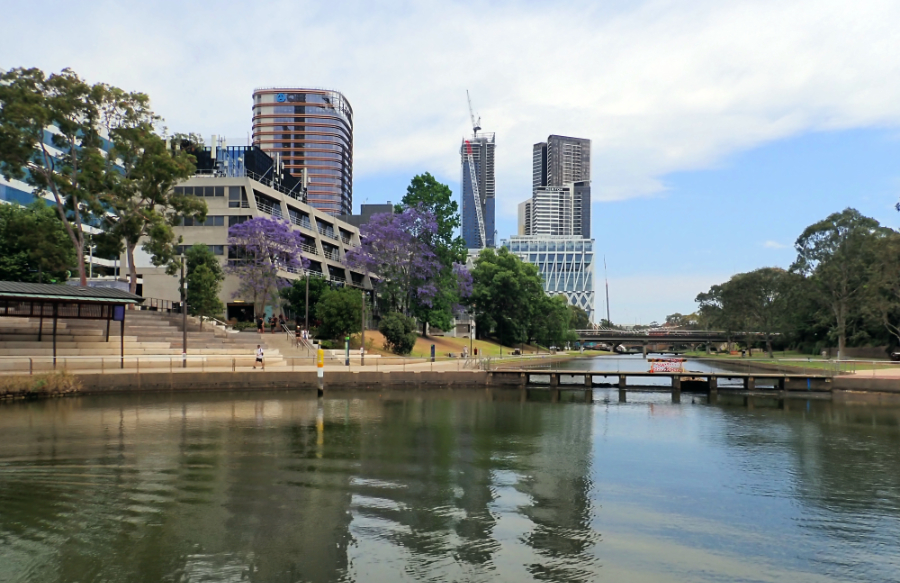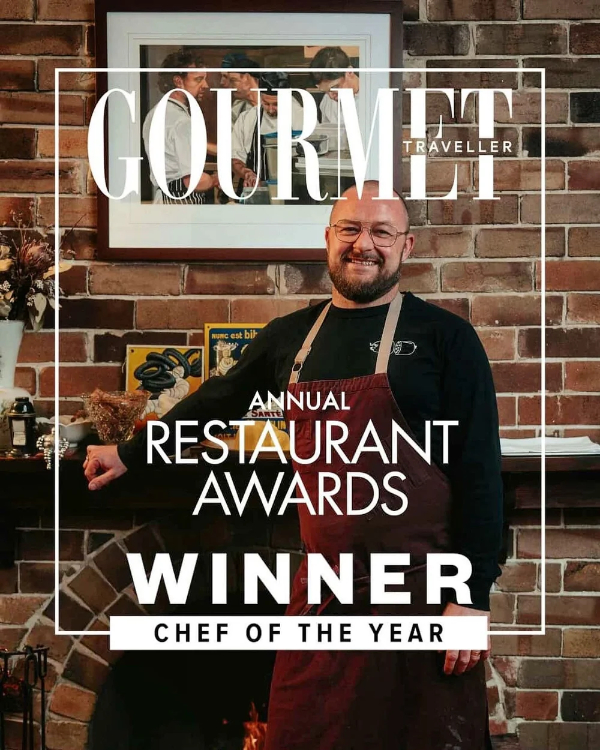The picture above is a checkmark on my quasi bucket list. You will rarely hear me mention bucket list items. That’s not really who I am. I don’t have a bucket list, per se. But seeing the iconic Sydney Opera House from Sydney Harbour has been something I’ve wanted to do for a very long time. More on the Opera House later when we do the tour.
A little bit of history about that bridge. The Sydney Harbour Bridge is one of Australia’s most iconic landmarks, arching gracefully over the sparkling waters of Port Jackson and linking Sydney’s central business district with the North Shore. This is the bridge televised around the world on New Year’s with fireworks since Australia is one of the first to celebrate. Completed in 1932 after eight years of construction, it earned the affectionate nickname “The Coathanger” for its distinctive arch shape. Built from more than 50,000 tons of steel, it remains one of the greatest engineering feats of its era and continues to carry trains, cars, bicycles, and pedestrians across the harbour each day.
Although designed and assembled in Australia, much of the bridge’s steelwork was actually manufactured by Dorman Long & Co. in Middlesbrough, England, before being shipped in massive sections to Sydney. Once there, thousands of Australian workers pieced it together like a giant Meccano set (Erector Set for USA readers), with granite-faced pylons built from stone quarried in Moruya, New South Wales.
Today, people don’t just drive over it—they climb it. The famous BridgeClimb lets visitors harness up and ascend the arch to 134 meters above the water, rewarded with sweeping views of the city, the Opera House, and the endless blue expanse beyond. It’s a mix of history, ingenuity, and pure exhilaration—all in one steel masterpiece. Sorry, no pictures of us doing that. Certainly an activity we wouldn’t enjoy.
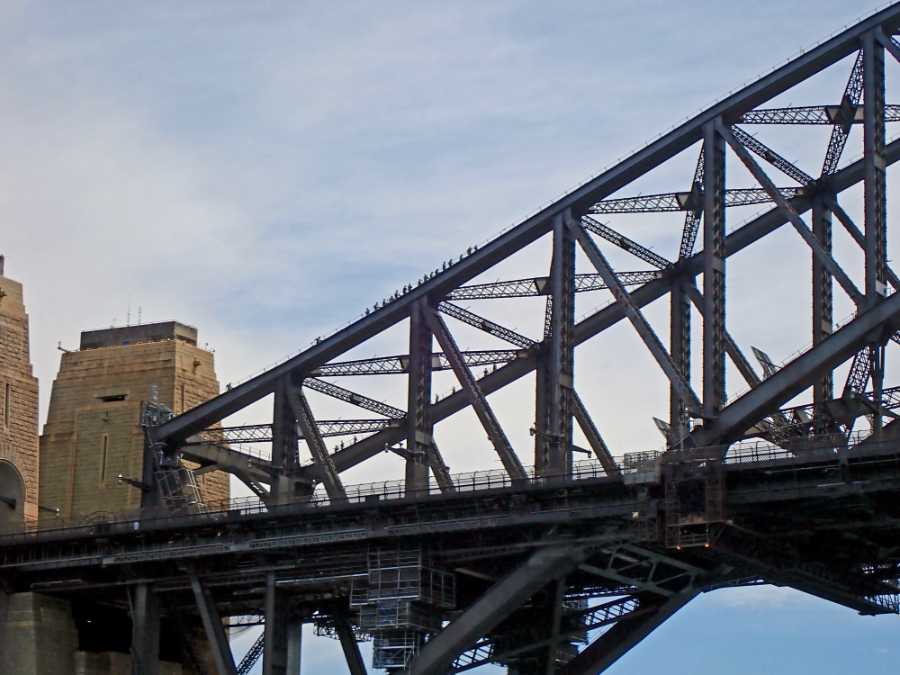
People starting the climb. They get to the top in the middle, cross over, and go down the other side.
Let’s face it, getting to Australia is a pain in the ass for anyone in Europe or the Americas. It’s a long way to the other side of the world. Chatting with a German guy here in Sydney recently, he said it takes him almost 30 hours to get home by plane. The same is true for people coming from the Americas, but from the other direction. The bottom line is, you need a reason other than wanting to see the Sydney Opera House to come here.
So, you can tell by this post and the pictures that we are back in Australia. We’ll be here for the next few months as we wait out the cyclone season again. I hope it works out better than last year when the eye of a level 2 cyclone went right over us.
Before we talk about Sydney, let’s talk birthdays. Cindy recently had a birthday. While out for a drink, we suddenly found ourselves among a group of young Aussie men having a stag party. The beer was flowing that night.
Aussies being Aussies don’t let people nearby go unnoticed. It wasn’t long before somehow we became part of their party. When they found out it was Cindy’s birthday, the entire bar was informed. The best man organized a Happy Birthday song—but first made sure everyone knew Cindy’s name so the song was personal. The generic version was not going to happen on his watch. This was followed by the traditional Australian three cheers. The rest of the night, Cindy enjoyed free wine.
This has been our experience in Australia. We’ve found the people here to be absolutely awesome. We’ve made more friends here than in any place we’ve visited so far. Interestingly, I didn’t know that Aussies were this friendly. It’s sort of a secret. And to be honest, if we’d known this, we might have moved here many years ago. Don’t get me wrong, Australia isn’t without its faults—but friendly people who like to chat certainly aren’t one of them.
Let’s talk about Sydney. In my younger years, I would have bet a lot of money that Sydney is the capital city of Australia. It isn’t. Sydney is the largest city in Australia by population, with approximately 5.4 million residents as of 2025. We feel quite at home here, as it’s just a little smaller than Atlanta, GA, where Cindy and I spent most of our lives.
Sydney is the capital of New South Wales and spans an area of over 12,000 square kilometres, making it one of the largest metropolitan areas in the Southern Hemisphere. The city is highly multicultural—over 40% of Sydney’s population was born overseas, and many languages are commonplace. It has a bit of an LA vibe to it.
Economically, Sydney is Australia’s financial and business hub, contributing roughly one-third of the nation’s GDP. It is home to the Australian Securities Exchange (ASX), the headquarters of many multinational companies, and strong tech, education, and tourism sectors. The city regularly ranks among the world’s most liveable cities and is a major global tourist destination, attracting over 15 million visitors annually (pre-COVID figures), drawn to its iconic landmarks, beaches, and cultural institutions.
Two things you need to know about Sydney: it’s expensive, and there are plenty of places to spend your money. Like any major city this size, it has world-class shopping, but being this side of the world, it also has a major Asian influence. Thai, Chinese, and Japanese influences here are massive.
Sydney is very clean, and the public transportation is absolutely incredible. We downloaded an app that can locate us, and we point on the map to where we want to go. The app then gives you either a bus or train (subway) route to get you there. In addition, they also have a light-rail or tram system running downtown. That’s not all—they also have ferry services to destinations across the harbour or up the Parramatta River. These services are all very cheap.
Public transportation in Sydney and Atlanta (where we used to live) differs sharply in both scope and culture. Sydney’s network is extensive and well-integrated, combining trains, ferries, buses, and light rail under the unified Opal card system. Or you can just tap a credit card as you get on or off. Sydney’s system rivals cities like New York, London, and Paris. Trains reach most suburbs, ferries connect waterfront districts, and frequent services make it practical to live car-free, especially within the inner city.
Sydney is the complete opposite of Atlanta’s MARTA system. MARTA is limited mainly to a small rail network and buses. It serves only a fraction of the metropolitan area. In Sydney, public transport is viewed as a normal and efficient choice—the first choice of residents. In Atlanta, it’s often seen as a last resort and is used mostly by the less affluent. It has infrequent service, poor coverage, and urban sprawl. The result is that Sydney feels connected and accessible without a car, while Atlanta remains largely dependent on one. The sad part is these cities are about the same size population-wise, according to the most recent statistics for 2025. Sydney has a metropolitan population of about 5.25 million people. Atlanta’s metropolitan (11-county) region has about 5.285 million in 2025. The constant orange haze over Atlanta is 100% the result of car dependency.
I am far from a tree hugger or a green person, and I certainly don’t intend to preach here. But when you see vibrant, clean cities with tons of parks and trees, it’s eye-opening.
Our Airbnb is located within a block of a bus station, a train station, and a tram stop. We are two tram stops from the ferry services, making our access to just about every inch of this city easy. No need for a car. Our old saying since we first started traveling: walk until the feet hurt, then drink wine until the pain subsides.
The world-famous Manly Beach
Manly Beach sits on the opposite side of Sydney Harbour. The ferry ride feels like a pause button, carrying you from glass towers to sea spray. When you step off, everything smells faintly of salt and coffee.
The ferry is also a tourist attraction. For about US$6, you can ride to Manly and, during the trip be spoiled with some of the best views in the world. Manly sits across the harbour, meaning you get awesome views of the Sydney Opera House, the Harbour Bridge, and the modern skyline.
Manly Beach is a long stretch of fine golden sand with a mix of locals and tourists—more tourists as the day progresses. It is unquestionably one of the finest beaches we’ve seen. Across the street from the beach are tons of shops, cafés, and more ice cream parlors than we can count.
Corso ties it all together—old pubs, beach shops, a steady flow of people who seem to know this place doesn’t need improving. Corso is a pedestrian-only street that connects the ferry dock with the beach. Once off the boat, the smell of coffee slowly turns to the smell of the ocean, and within a couple of blocks, you transcend to a completely different environment.
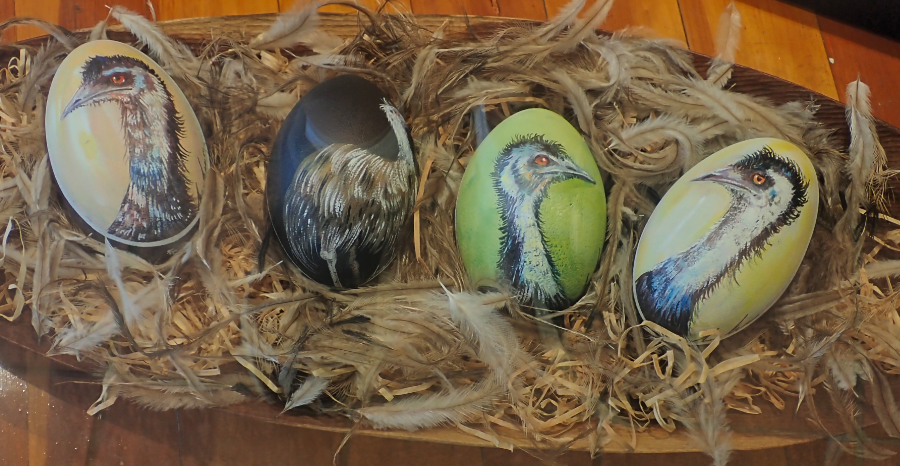
Emu Eggs – Decorating these eggs is an old Aussie tradition that goes back to the first stockmen (cowboys)
Going up the Parramatta River
The Parramatta River ferry is a must-do for people wanting to see some sights by boat. The river extends past Sydney’s Olympic Village (2000) and during parts of the trip feels a little like a ride into the jungle. This journey takes about 1 hr 15 mins. At the end, we tapped off the boat and turned right back around to board for the return trip. We sat in the same seats so this time we could take in the views from the other side of the river. A look at our ride in pictures:
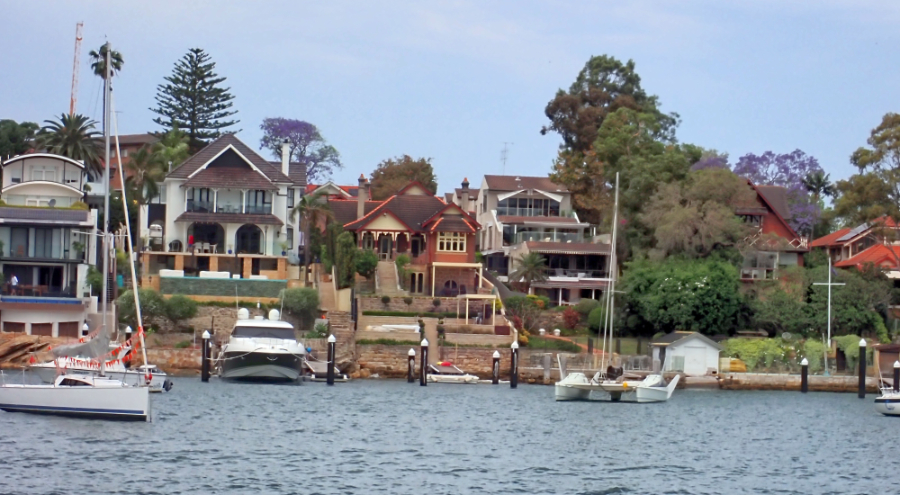
I can’t imagine what these houses cost. These are some of the more historic smaller homes. As you can imagine, they have their share of mega mansions on the river.
It’s who you know
We are very fortunate to know an ex-journalist named Tony. We met him last year, and he was the first friend we made in Australia. Since then, we’ve enjoyed many adult beverages with Tony as we’ve gotten to know him. He has a lot of great stories. He is extremely proud of his sons. Simon is a captain on a mega-yacht and the other is a chef. Let’s talk about Nik, the chef.
Nik Hill isn’t just any chef; he was recently named Australia’s Chef of the Year—and it’s well-deserved. He runs Porcine Bistro in Paddington, a French-inspired spot that feels wonderfully unpretentious and deeply satisfying. Think old-school charm with modern guts, whole-animal cooking, French butter doing what French butter does best, and food that feels more like pleasure than performance.
Nik’s path to the top wasn’t the usual culinary-school-to-fine-dining pipeline. He left school at fifteen and started his journey elbow-deep in takeaway grease, folding fish and chip boxes and stuffing chickens for cash. From there, he worked his way into Australia’s best kitchens, including Sepia and Quay, and then went abroad to The Ledbury in London, one of the world’s finest, run by another Australian, Brett Graham.
This year, on top of being crowned Chef of the Year, he also took home the Golden Knife at the Bocuse d’Or Australia competition—a serious honor in the culinary world. Nik’s rise is pure grit and talent—no shortcuts, no hype, just hard work and a love of food that you can taste in every bite. Tony beams when he talks about him, and after hearing the story and tasting the results, we get it.
We dined at Nik’s restaurant and he absolutely spoiled us. This was one of the best meals we’ve had. And afterward, we enjoyed a nice chat with Nik. Tony raised a good kid.
Coming up in part 2: more on the Opera House as we go behind the scenes, the incredible maritime museum, a visit to Botany Bay, and The Rocks
